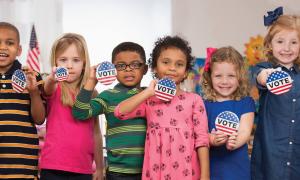text
Multimedia
A Priceless Lesson in Humility
Felipe Morales' telling account of an encounter with a blind woman on the streets of Washington, D.C. was recorded for This I Believe. The NPR project features brief personal essays in which people from diverse backgrounds discuss how their values affect their daily lives.
July 2, 2014


